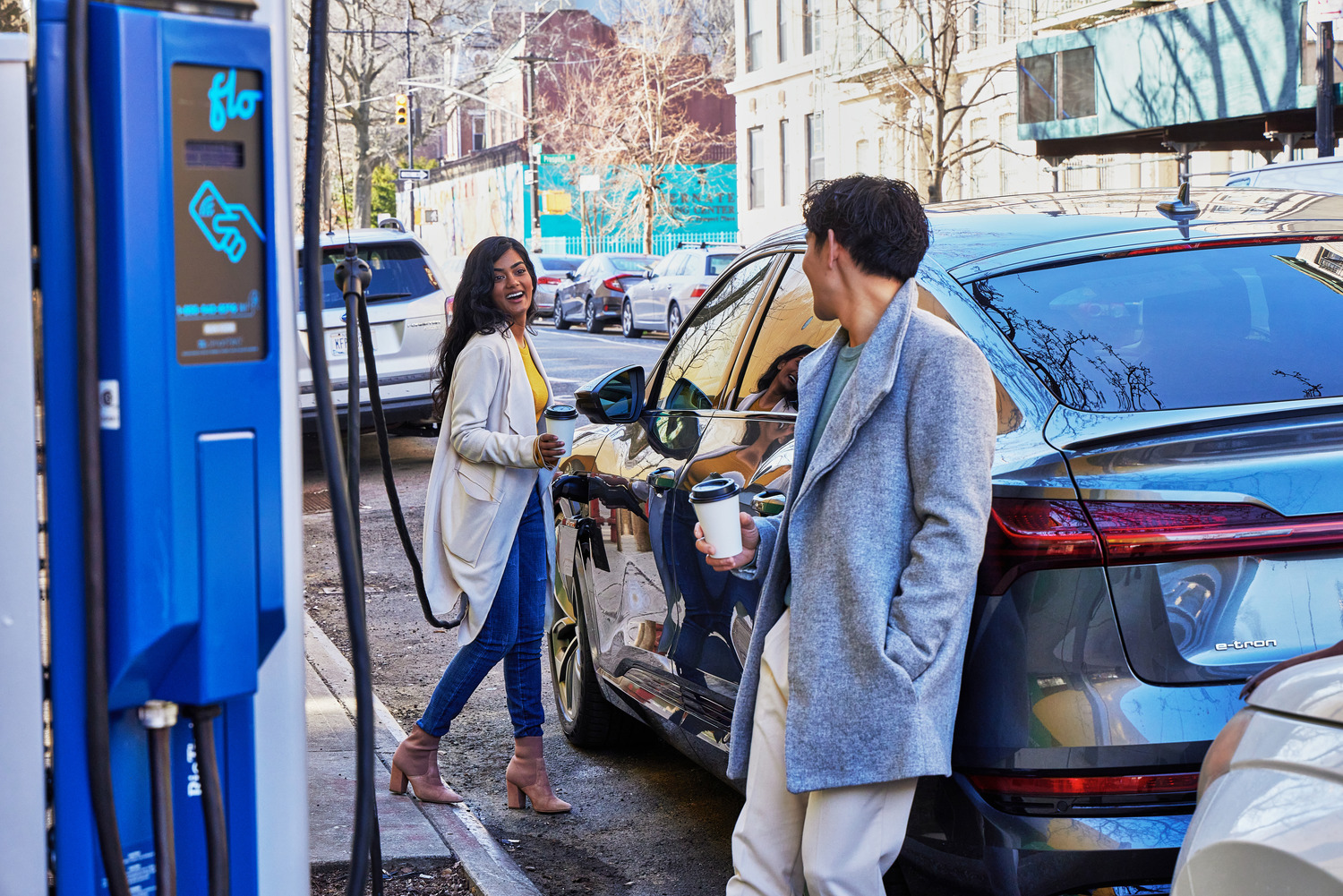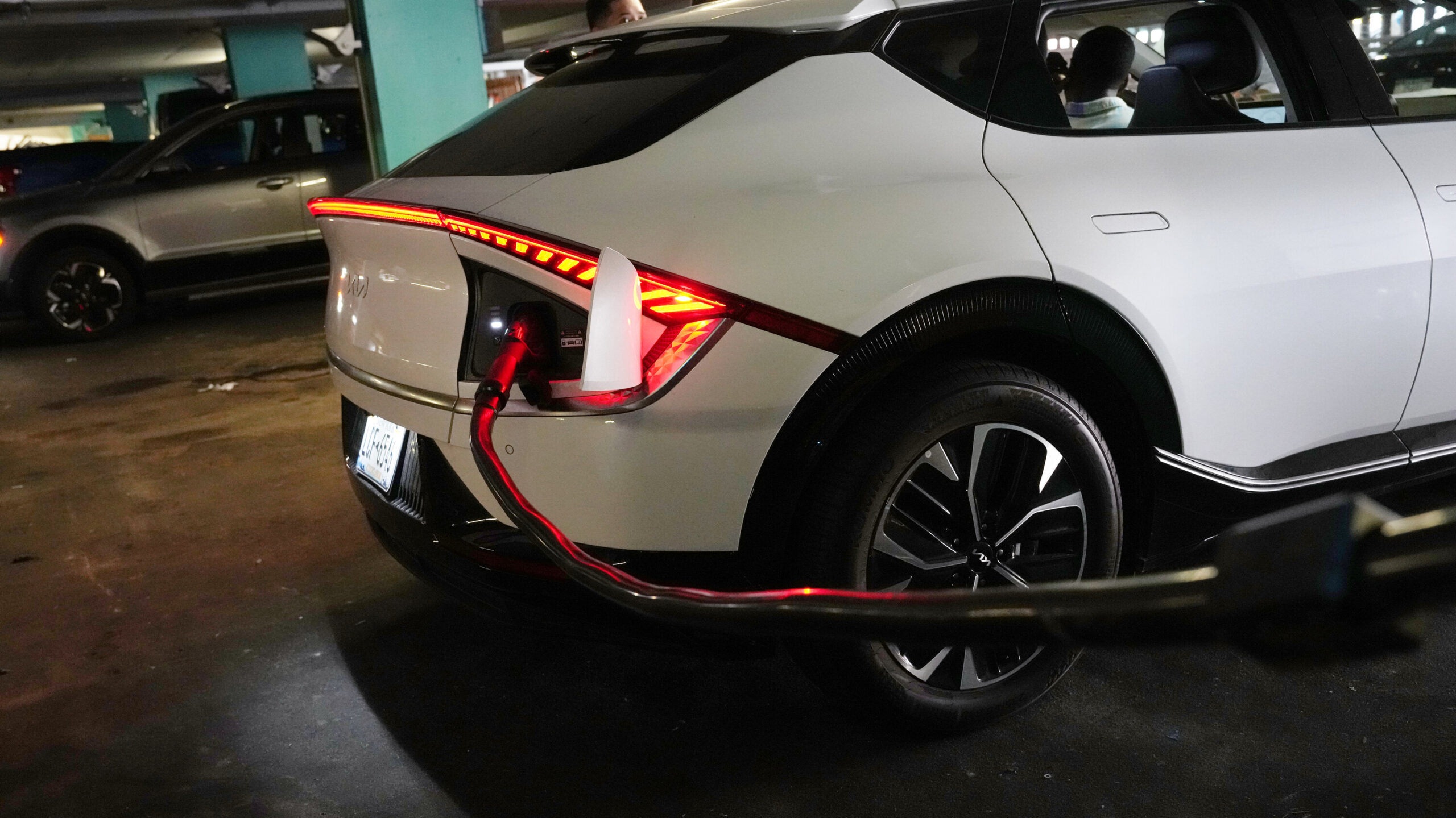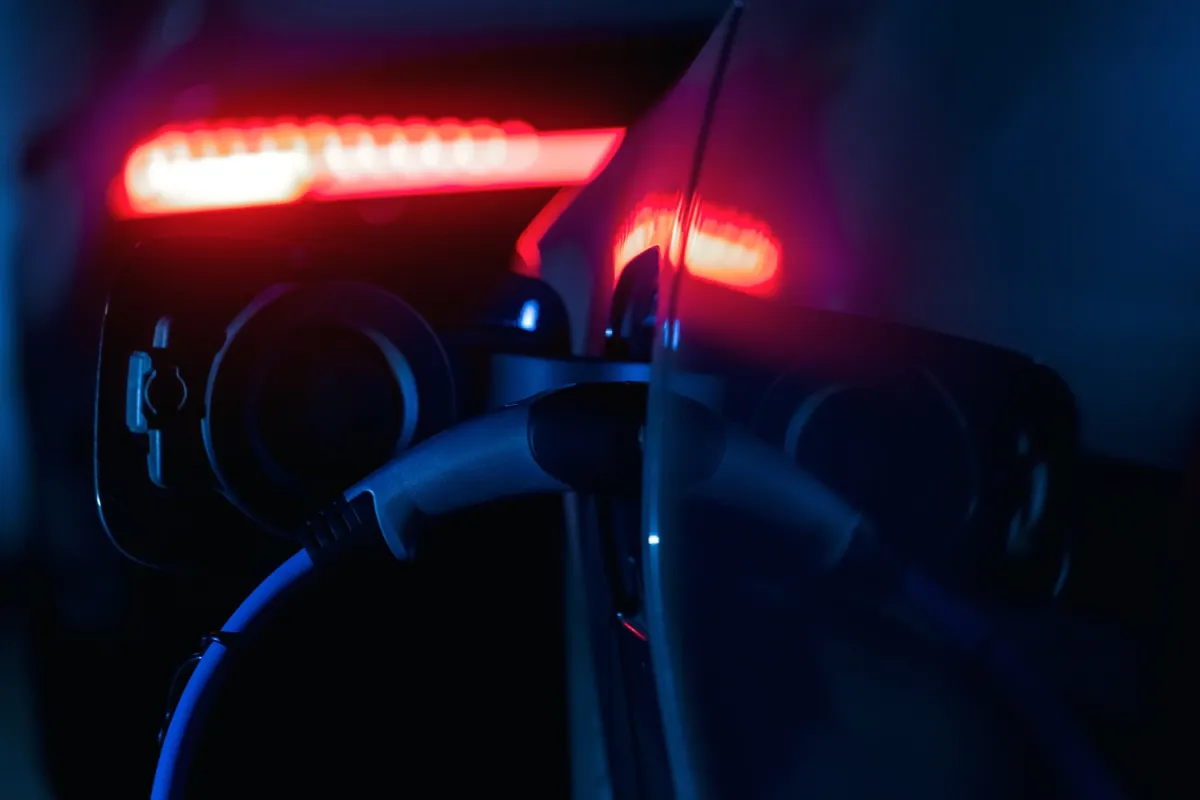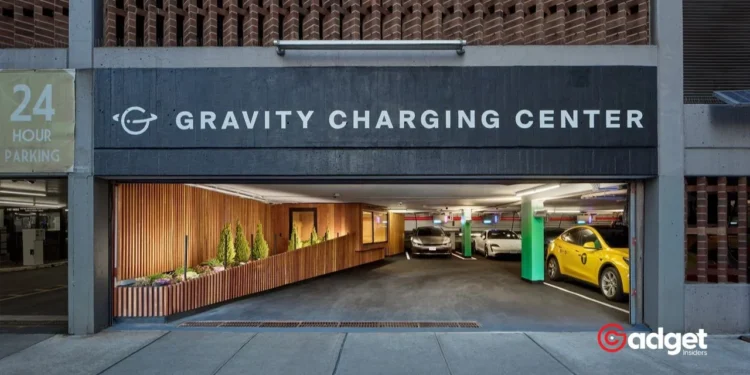In the bustling streets of New York City, a revolutionary change is taking root, spearheaded by Gravity Inc., a local startup with an ambitious vision to redefine electric vehicle (EV) charging. The concept? Ultra-efficient curbside “trees” capable of charging an electric car in as little as five minutes. This innovative idea could transform how urban dwellers interact with EV technology, offering a blend of convenience and rapid charging capabilities unmatched by current standards.

The Genesis of Gravity’s DEAP Trees
Founded with the backing of tech giant Google, Gravity Inc. has already made headlines with its fast-charging technology at its flagship station located in a parking garage on West 42nd Street. Now, with the DEAP Trees—short for Distributed Energy Access Points—the company plans to expand this technology throughout the city.
Moshe Cohen, CEO of Gravity, shared his enthusiasm for the project: “Our goal is to integrate the charging process into the daily routine of drivers, ensuring a seamless and rapid experience. The DEAP Trees are designed to deliver a charge faster than the time it takes for a quick grocery run.”
The sleek, minimalist design of these charging trees, developed in collaboration with design firm Rangr Studio, ensures they blend seamlessly into the urban environment. Each tree features a manoeuvrable arm and a retractable mounted cable system, which are compatible with all major EV manufacturers, including Tesla and Rivian. Jasmit Rangr, of Rangr Studio, emphasized the design’s practicality: “We’ve built these trees to handle the hustle and bustle of city life. They’re vandal-resistant and the cables automatically retract to avoid any potential mishaps on busy streets.”

A Future-Focused Charging Network
Gravity’s ambitions don’t stop at mere convenience. The company aims to outpace even Tesla’s Supercharger network. “Our long-term goal is to establish a network that not only spans New York but also sets a benchmark for cities nationwide,” Cohen explained.
The New York City Department of Transportation (NYCDOT) has been exploring the expansion of EV charging facilities, with plans to install thousands of stations by 2030. However, Gravity’s proposal could accelerate this timeline, offering a more rapid solution to the city’s growing demand for accessible and efficient EV charging options.

The Road Ahead for Gravity and New York City
As Gravity continues discussions with various city agencies, the implications of their technology are profound. Cohen views New York as a crucial proving ground: “If we can succeed here, in the complexity of New York, then we can replicate this success in other major cities like Boston and Los Angeles.”
The city’s response to this innovative technology could set a precedent for urban EV charging solutions globally, making New York a leader in sustainable transportation infrastructure.
Gravity’s DEAP Trees represent more than just a technological advancement; they are a potential catalyst for change in the urban landscape, promising a future where electric vehicle charging is as commonplace and unobtrusive as parking meters—a future where technology meets tranquillity on the busy streets of New York.










